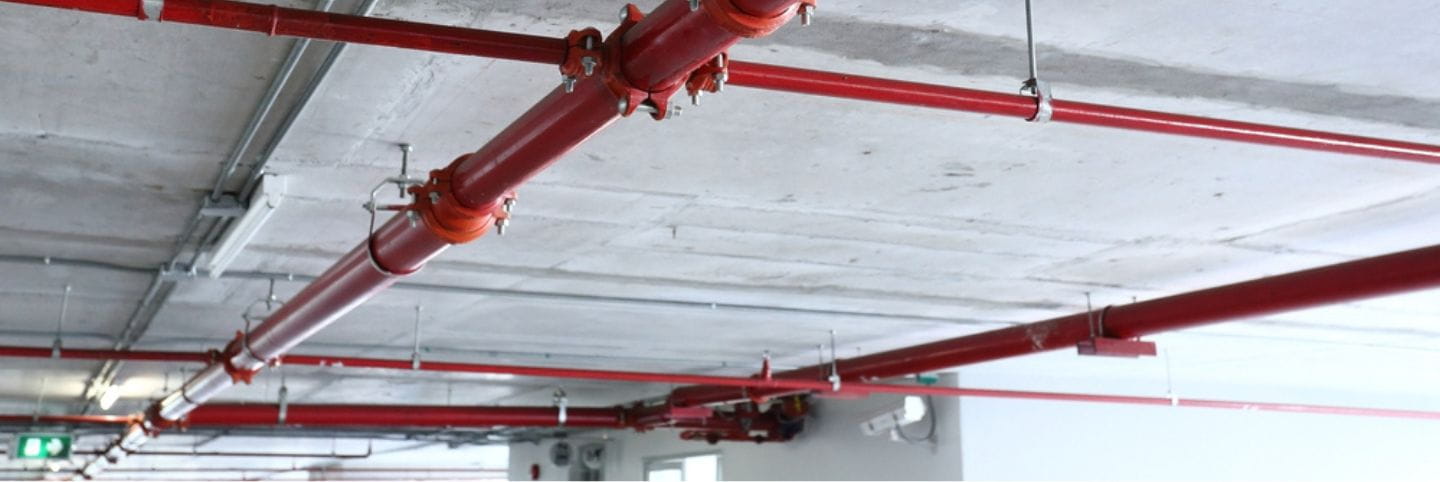About
The Chromalox heat trace cable line includes cables suitable for process maintenance, pipe and vessel freeze protection and roof and gutter de-icing applications. With this wide variety of heat trace cables available Chromalox can design systems for the most demanding and complex applications while helping reduce costs, increase sustainability, and decrease risk.
In addition to our commercial heat trace cables, we also offer dedicated heat trace cables for the industrial sector. Industries rely on us to keep oil and gas moving, tanks and pipelines flowing freely, instruments reporting accurately, and many more niche applications worldwide. Our best-in-class heat trace products are used daily by businesses that demand only the best to keep their operations running without incident.


![Heat Trace Product image: CPR Self-Regulating Heat Trace Cable [stripped]](https://content.chromalox.com/-/media/chromalox/products/heat-trace/cpr_commercial_sr_ht.ashx?rev=7c4e4f0c21ac423bb0f2890ad2d5167a&extension=jpg%2cgif)
![CWM Constant Wattage Heat Trace Cable (medium temperature) [stripped]](https://content.chromalox.com/-/media/chromalox/products/heat-trace/cwm-cable-photo.ashx?rev=233560dfea3b424d82b956b788ee8341&extension=jpg%2cgif)
